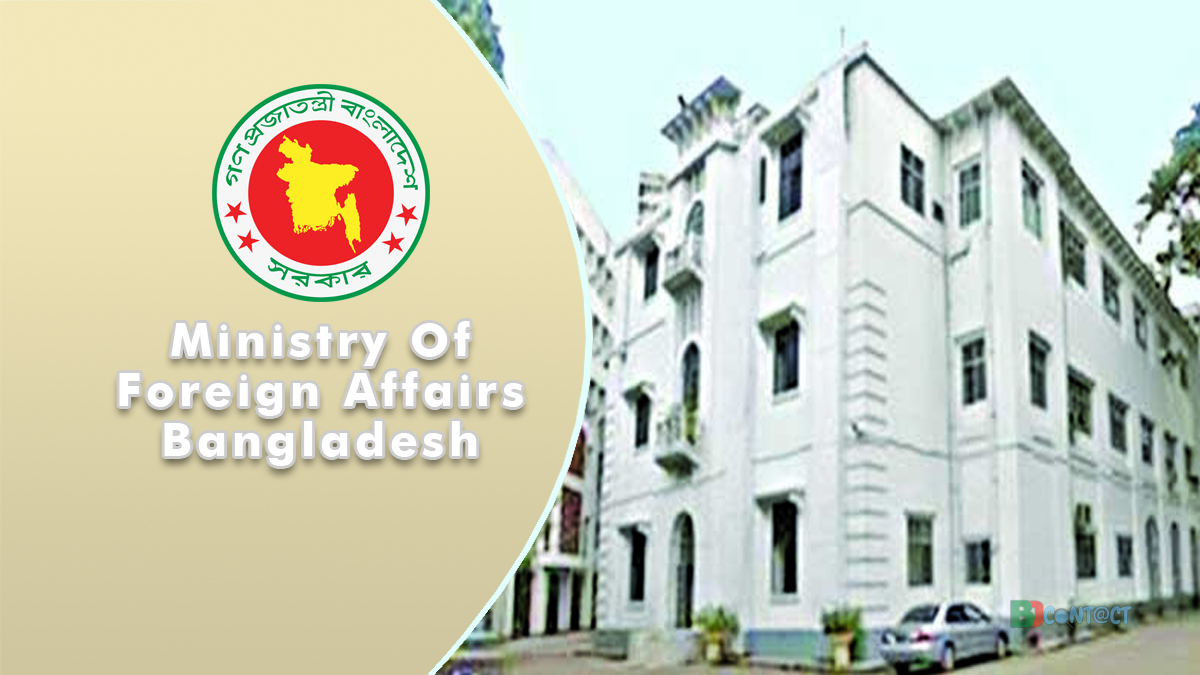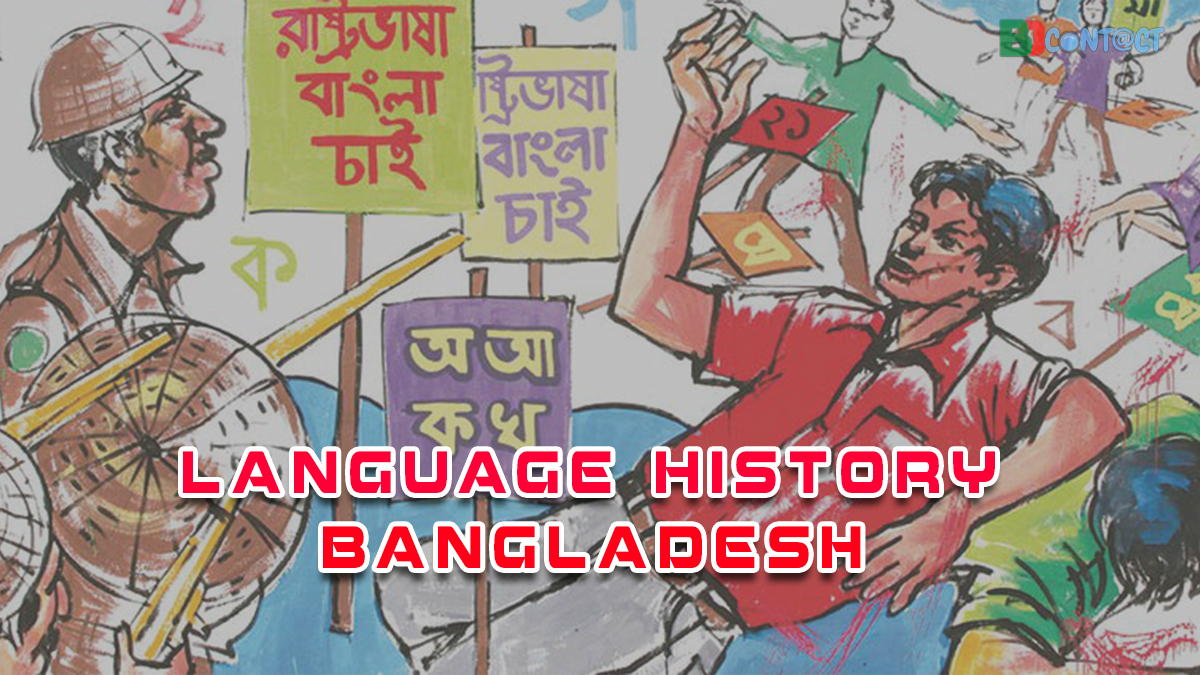Once upon a time, Bangladesh, India, and Pakistan were the same country. It was undivided India. This undivided India is used to rule by many Hindu and Muslim Kings. But we will not go to that part of this subcontinent’s history. We will be focusing on the Pakistani Period.
So after the 1757 War, Bengal Nawab Shirajuddoula was defeated by the British army. Mirzafor, who was the leader of the armed forces of Shirajuddoula, didn’t fight against the British. Bengal Nawab was defeated because of the traitor Mirzafor.
Then after 1757, gradually, entire India was possessed by Great Britain. First East India Company ruled India, then queen Victoria took power into his own hand and ruled India for almost 200 years. Bangladesh, India, and Pakistan were under the British queen’s rule.
Many things changed in these 200 years. British used to divide people for their religion and money. The dividing rule was a curse for Indian people.
Table of Contents
The Pakistani Period In Bangladesh History
When the British started to divide people, some big religious clashes took place due to poor British domination. It was expected that Hindus and Muslims would clash with each other. British wanted that. As a result, Muslim League was established, and they wanted a different region for Muslims.
And some Hindu party’s also wanted another area for Hindus. Many clashes took place on this continent. And finally, in 1947, India was divided into two different parts, named Pakistan and India.
The Bengal was also divided into two parts. Bengal was divided into terms of religion. East Bengal was a Muslim inhabited area. And West Bengal was Hindu inhabited. So the East Bengal Became a part of Pakistan.
And named East Pakistan, which is our current Bangladesh. India and Pakistan got independence from the British. And became two different independent nations. And from 1947, the Pakistani Period started.
How West Pakistan Used to Rule East Pakistan
In one sentence, it wasn’t very pleasant. But most of the crops, products, and overall GDP of Pakistan depended on East Pakistan. East Pakistan was a place of crops and so many products. West Pakistan was ruling Bengal in the same manner that the British did. They used to discriminate against the East Bengal People.
In 1948, Mohammad Ali Jinnah announced that Pakistan’s state language would be Urdu. And East Pakistan didn’t like that at all. All the Bengalis were protesting against the announcement. Even in 1952, many Bengali gave their life against the information of Mohammad Ali Jinnah. Because Bangla was the only language of East Pakistan, it was a language from Heart.
It was a language of love. And finally, West Pakistan canceled the announcement for the great protest of East Pakistan. In 1955 East Pakistan’s political party Zukto Front won the majority in Pakistan’s Election. They should have been run the whole of Pakistan. But the conspiracy of Ayub Khan of West Pakistan won. East Pakistan people failed to run the government after winning the majority.
In the 1970 national election, the same thing happened again. The West Pakistan traitors were not ready to hand over Sheikh Mujibur Rahman’s power this time. Who was the supreme leader of East Pakistan? West Pakistan started military action against the innocent East Pakistan people. It was fierce and unexpected. This is how West Pakistan is used to rule East Pakistan.
East Pakistan Became Bangladesh
The Pakistani period is over after winning the war against them in 1971. East Pakistan became Bangladesh. Nowadays, Bangladesh has crossed the economy and overall GDP of Pakistan. And also the per capita income. Bangladesh is going and growing much faster than Pakistan.
It was expected because West Pakistan was dependent on East Pakistan from 1947. After getting lost in 1971, they lost their leading regiment of product supply.











Comments